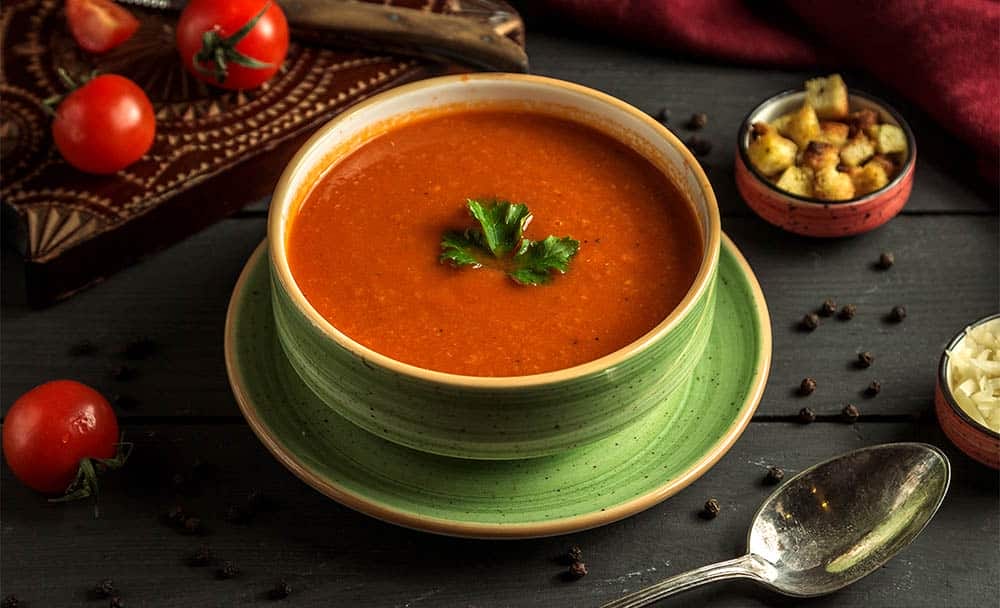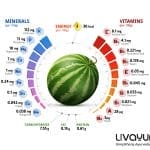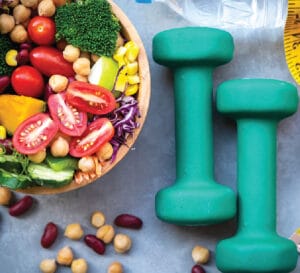
2020 was, perhaps, one of the most challenging years for our generation. However, it is gone for good and with this new year, there are new hopes, aspirations and goals. For those who are living by the ‘New Year, New Me’ moto, and wish to get a lean figure, we have exactly what you need. Here, we’ll spill the secrets of getting that desired lean figure easily and effectively.
Ayurvedic Diet Plan for Weight Loss
Ayurveda suggests that we are all made up of three different types of Doshas or energies, namely Vata, Pitta and Kapha Dosha. One of these Doshas dominates the other two in all of us. Our aim must be to balance them because unbalanced Doshas bring in diseases, health issues, and appearance concerns such as weight gain, skin problems and more. So, here’s how you plan your diet to keep your Doshas in sync and as an added benefit – lose weight!
Vata Diet Tips

Vata Dosha represents the air element. Those with predominant Vata Dosha must choose warm nourishing foods that are moist and have a moderately heavy texture. Butter, fat, warm milk, cream, soups, fresh-baked bread, raw nuts, etc can be a good add on.
Cold foods such as raw vegetables, salads, cold drinks, caffeinated drinks, unripened fruits, etc must be avoided by those who have dominant Vata Dosha.
Beets, carrots, cucumber, garlic, green beans, onions, sweet potatoes, radishes, bananas, coconut, lemons, grapes, mangoes, sweet melons, sour oranges, papaya, and pineapple are ideal for balancing the Vata Dosha.
Pitta Diet Tips
The Pitta Dosha resembles the fire element. Those with a predominant Pitta Dosha must focus on soothing the Dosha and maintaining the balance as it considered to be hot. Dairy products such as milk, paneer (cottage cheese), cheese, etc must be included in the diet. Salads, herbal tea, cold beverages, green veggies can also help soothe Pitta Dosha.
Sweet and bitter vegetables, such as cabbage, radishes, cauliflower, cucumber, green beans, green (sweet) peppers, leafy green vegetables, okra, parsley, peas, potatoes, sprouts, sweet potatoes, carrot, spinach, bananas, cherries, coconuts, figs, mangoes, melons, oranges, pears, pineapples, plums, prunes, and raisins can be extremely beneficial for those with dominant Pitta Dosha.
Food items that must be avoided include, butter, pickles, sour cream, cheese, vinegar, alcoholic and fermented foods should be avoided, coffee, egg yolks, nuts, hot spices, honey, and hot drinks.
Kapha Diet Tips
The Kapha Dosha is made up of earth and water elements and governs the structures of the body. Warm, light and dry food are ideal for balancing this Dosha. Lightly cooked foods, raw fruits & vegetables, spicy food items must be preferred.
Beets, broccoli, Brussels sprouts, cabbage, carrots, cauliflower, celery, eggplant, garlic, leafy green vegetables, lettuce, mushrooms, okra, onions, peas peppers, potatoes, radishes, spinach, cucumbers, sweet potatoes, tomatoes, zucchini, and sprouts must be included in the diet.
Foods that must be avoided include sugar, fats, dairy products, chilled foods and cold beverages.
Additional Diet Tips
- Eat the largest meal during the day: Studies have suggested that large caloric intakes in the latter half of the day can lead to excess and unwanted weight gain and other lifestyle diseases such as obesity. Therefore, it is suggested to eat the largest meal during the day and keep the dinner rather light [1].
- Sip lemon water throughout the day: Drinking lemon water throughout the day, especially at the beginning of the day is found to be beneficial, especially for losing weight and maintaining a figure. Lemon water is known to be a natural detoxifying agent that is beneficial for overall health. It also boosts the digestive system and aids in weight loss. When consumed with warm water, it enhances metabolisms and helps break fat easily, leading to significant weight loss [2].
- Practice meditation and mindfulness: Making meditation a daily practise can reduce the amount of cortisol (the stress hormone associated with excess weight gain) [3]. It also brings a sense of calmness and relaxation that has a positive impact on overall health. On the other hand, practising mindfulness, especially while eating will help you eat healthier and will stop you from overindulging in eating, which often results in excess weight gain.
- Eat seasonal foods: Eating local and seasonal foods can help your body stay healthy and fit because mother nature knows exactly what your body needs when. In the excruciating summer heat, we are bestowed with fruits and vegetables to keep us cool and energized. In the winters, nuts, root vegetables and grains stock up to insulate us from the cold. Therefore, it is ideal to eat seasonal foods to provide the body with what it needs.
- Regular exercise: This is a no-brainer. Regular exercising, when combined with a healthy diet, does not only help you lose weight but also helps you maintain a lean figure. Simple yoga exercises, walking after a meal, etc. can work wonders if you don’t wish to join the gym or have no time for it.
Yoga Asanas to Help You Get a Lean Figure
Yoga is known for its many benefits all around the globe, and among them, one remains its ability to help you lose weight and maintain a lean figure. Here are a few simple yoga poses to help you get that desired body.
Setu Bandha Sarvangasana (Bridge Pose)
- Lie on your back with your arms at the sides, palms facing down.
- Bend the knees keeping them hip-width apart.
- Try and bring your heels as close to your buttocks as possible.
- Press your heels onto the floor and lift your lower back off the floor while exhaling.
- Hold the pose for a couple of breaths before you lower your body down.
- Repeat at least 3-4 times.
Phalakasana (Plank Pose)

- Place your palms and toes on the floor.
- Ensure that your shoulders are above your wrists and your heels face the back of the room.
- Ensure that your chest isn’t sinking.
- Squeeze your quads and glutes while you breathe.
- Hold the pose for as long as you can.
- Repeat 3-4 times.
Vasisthasana (Side Plank Pose)

- Place the palms of your dominant hand on the floor.
- Lift your body with that support of your pams and the edges of your foot.
- Place the other foot above the one on the floor. Keep your legs glued together
- Sweep the other hand up, taking your gaze with you.
- Your chest must be open while you engage your core muscles.
- Hold the position for 5 breaths and then relax.
- Repeat 2-3 times.
Vrikshasana (Tree pose)

- Stand up straight on the floor.
- Shift your weight onto your dominant foot.
- Place the other foot on the upper side on the inner thigh.
- You can place your foot below your knee if you cannot place it high up to the thigh.
- Ensure that one hip is not higher than the other.
- Place the palms of your hands together in front of your chest.
- You can also raise your arms over your head if this feels easy.
- Release the posture after 5-10 breaths.
- Switch sides. Repeat 4-6 times.

























